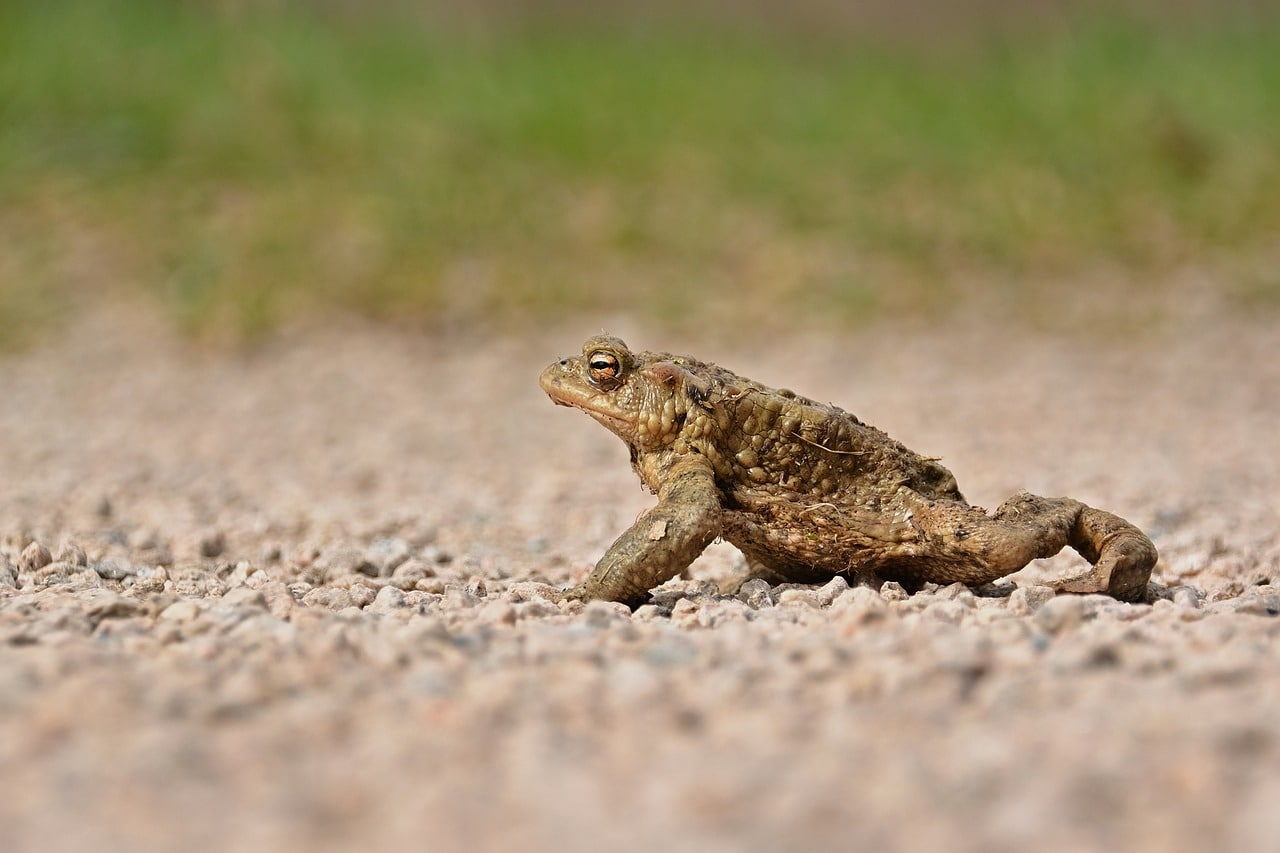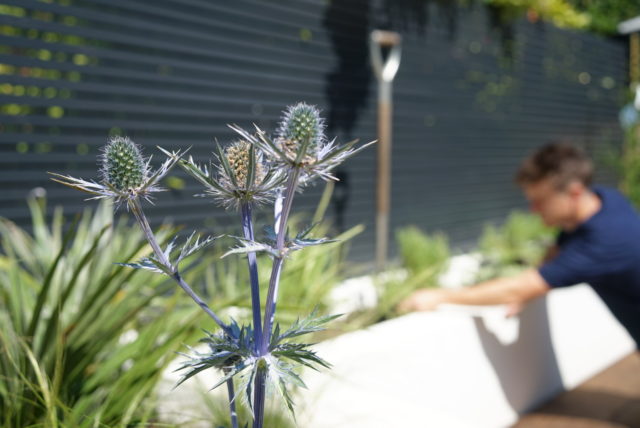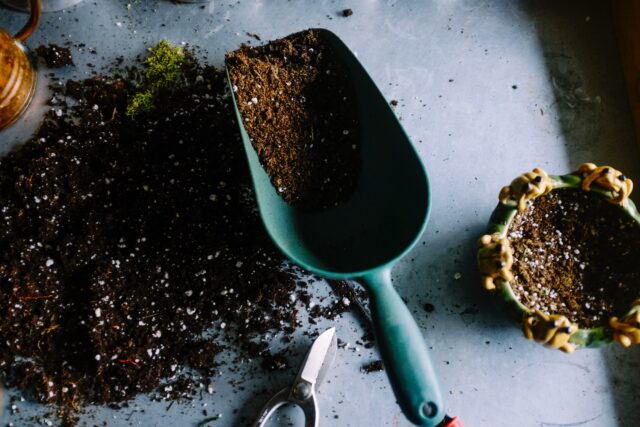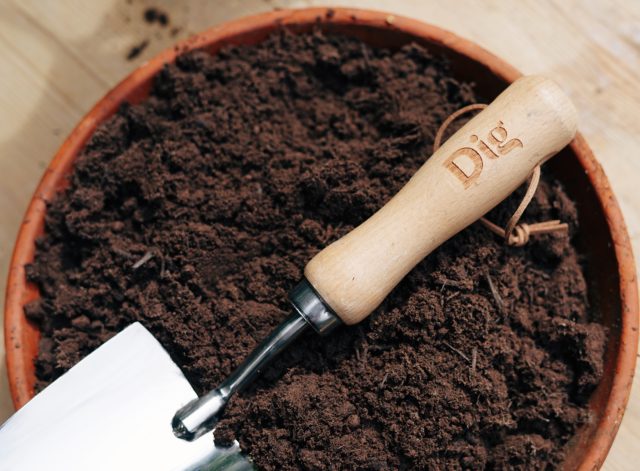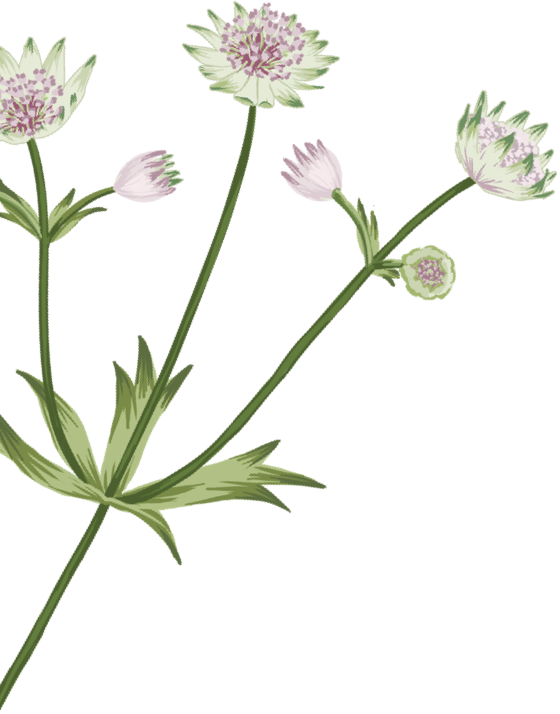Bird feeders
If you don’t already have some, consider introducing a few bird feeders. It will take a little while for birds to find them, but when they do you’ll be rewarded with a constant stream of garden visitors. Offering a variety of different seeds will encourage different species. For example, Goldfinches are very fond of Niger seeds. At this time of year, it’s particularly helpful for local birdlife to introduce a feeder that can hold suet balls of seed. The extra energy this gives birds will help them through the colder months.
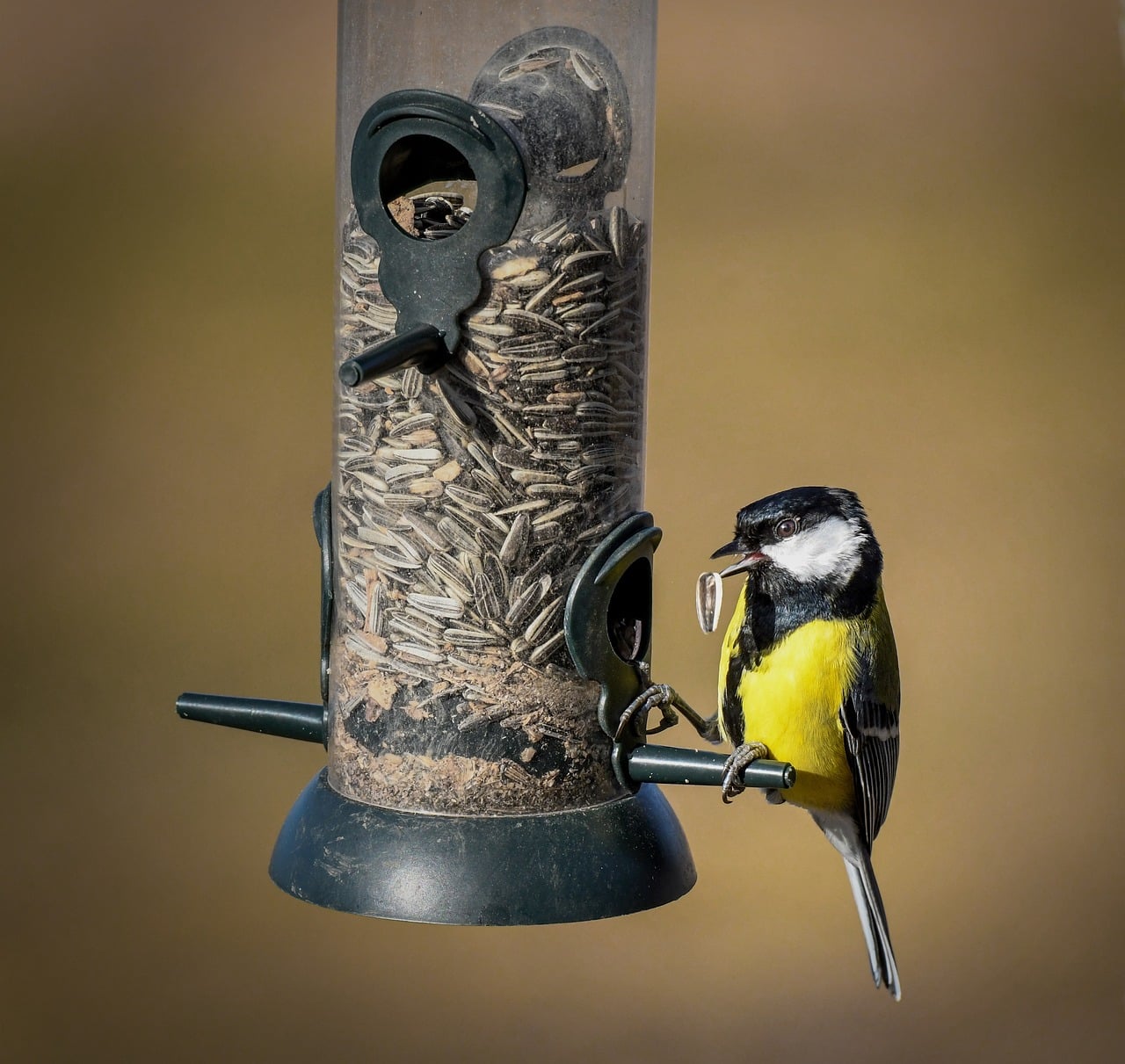
Water for wildlife
A birdbath is a vital garden component if you’re trying to encourage nature in. As the season changes, it’s just as important to provide water for garden visitors, and to keep it clean and free from disease. Give it a good scrub and wash out every few weeks, and keep it topped up in between. When it gets very cold and other water sources may freeze over, it’s important to provide a water source if you want you garden to remain an inviting habitat.
As well as a birdbath, which might be on a plinth or off the ground, it’s not a bad idea to introduce a water tray in a quiet corner or your garden too, in case of any night time hedgehogs that might be passing through. Keep an eye on them to ensure that you’re removing any ice that forms in colder months.
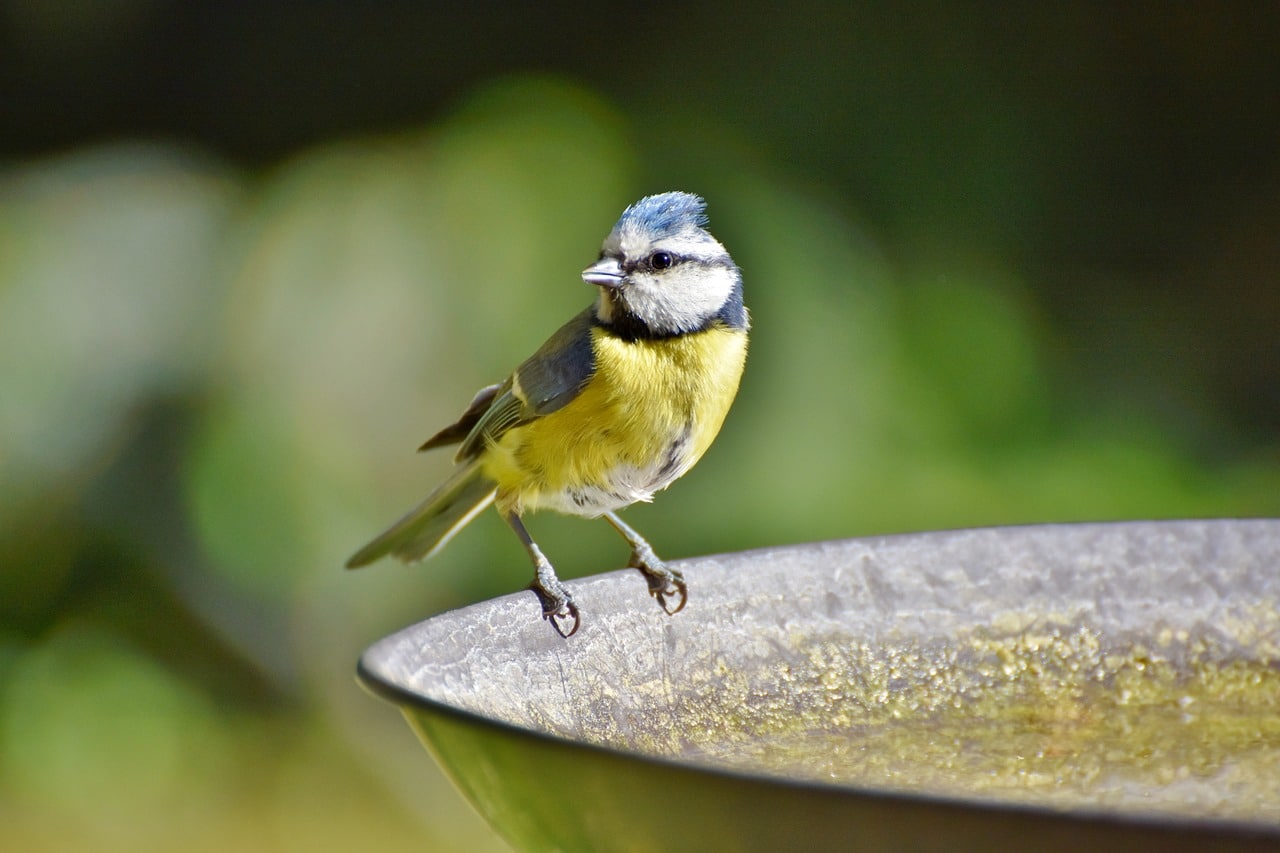
Habitat provision
Hedges and shrubs are important habitats for birds. If you only have low-lying flower beds in your garden, consider where you might introduce something a little bigger if you have the space. Birds are able to take refuge in them, gaining shelter and possibly even a nesting site.
Introducing a bird box or two can also help birdlife now and in the coming months. From the shelter they provide now, to the nesting sites they can provide in the colder months before eggs are laid, a bird box not only provides a habitat but also visual interest too as it’s always a pleasure watching local birdlife flit in and out of them through the colder months.
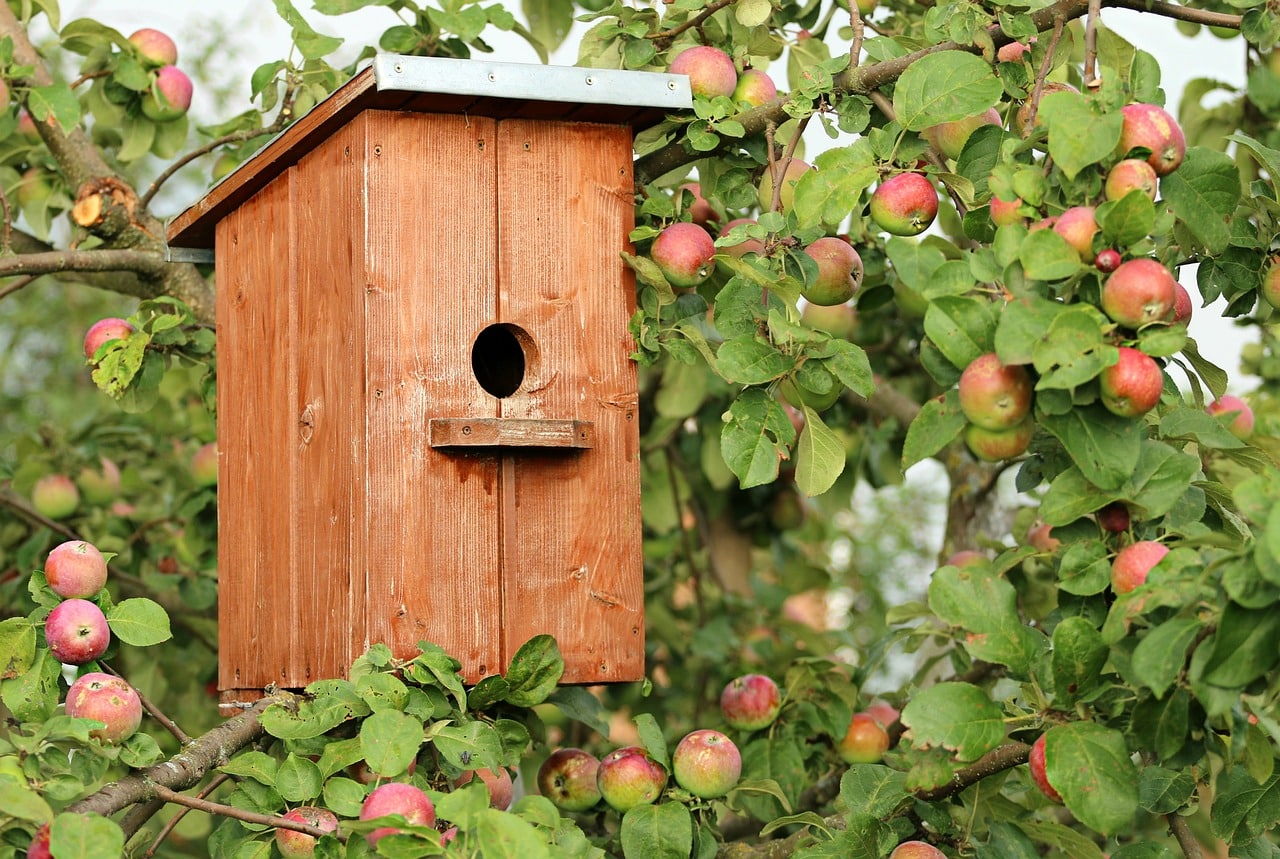
Gardening for butterflies
Butterfly numbers have dropped yet again, according to Butterfly Conservation’s Big Butterfly Count this year – the results of which were published this week. Numbers have reached their lowest for 14 years and one of the key explainers for this reduction in numbers is our growing desire for tidier, immaculate gardens. Gardens are vital habitats for butterflies, providing green havens between wilder, natural habitats and gardens full of blooms and nectar are especially important, providing an invaluable source of food to these beautiful, diverse insects.
Just as important are gardens that provide a habitat for nesting. Over winter, many plants can be left to turn brown and dry once the plant’s growth has finished for the year. Consider leaving some brown, depleted plants behind when tidying your garden for winter. They are likely to become key nesting sites for many insects including butterflies.
For more information about improving your garden for butterflies, take a look at the Butterfly Conservation website here.
It’s worth noting that we design our Dig gardens to include lots of pollinator and butterfly friendly plants. From the inclusion of native species, to nectar-rich flowering plants, to plants that look attractive in winter even after they’ve finished growing, each of our gardens is created to help encourage nature, as much as they are created to help transform an outdoor space into something beautiful.
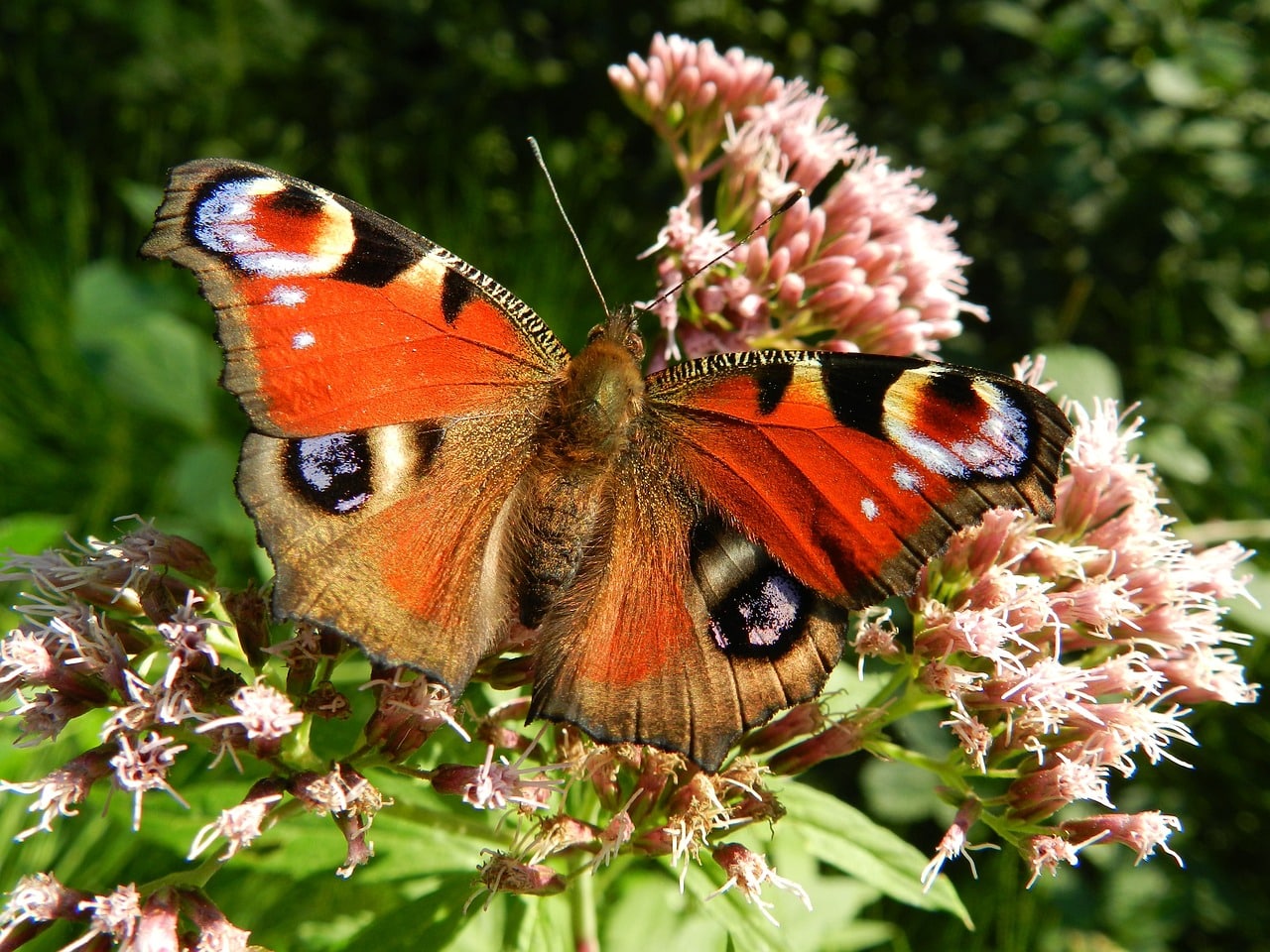
Build an eco-pile
If you have a big enough garden, consider introducing an eco-pile or, in basic terms, a log pile. From a traditional log pile in a quiet corner of your garden, to a small bundle of sticks and twigs under a hedge, any amount of collected wood will provide a useful habitat for insects, beetles and even toads and small reptiles over the colder months. There’s no fine art to it, and there is absolutely scope to get creative. A variety of different sizes and shapes helps encourage different species, though make sure, when building it, that it is structurally sound – especially if you’ll have small children running around. It’s a simple thing, looks wonderfully natural and can make a huge difference.
